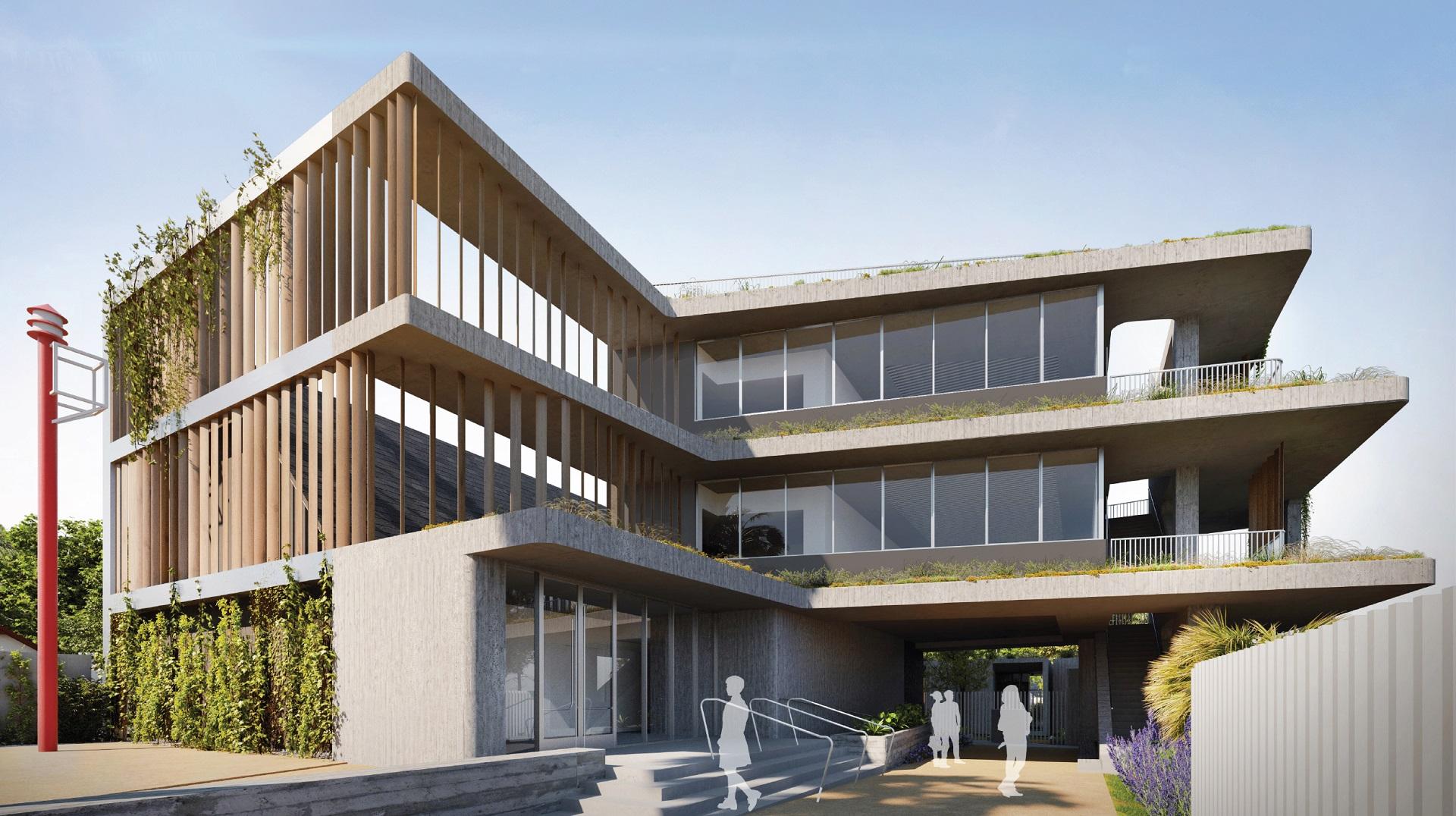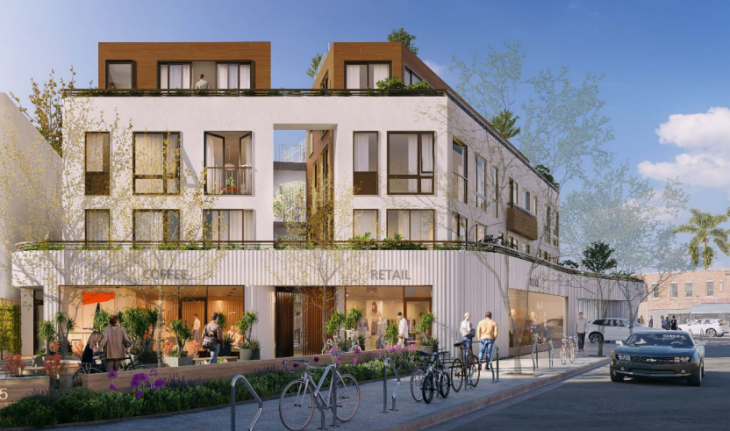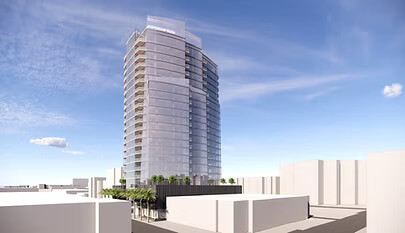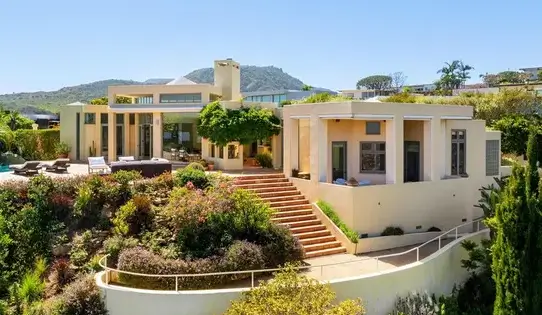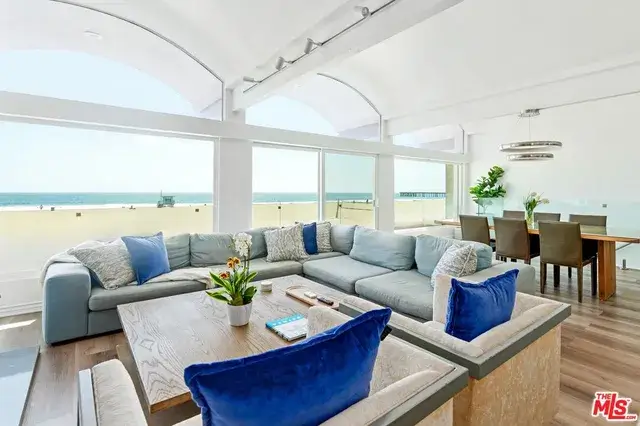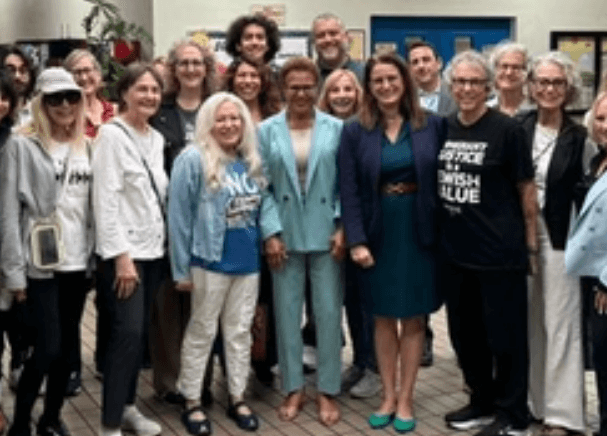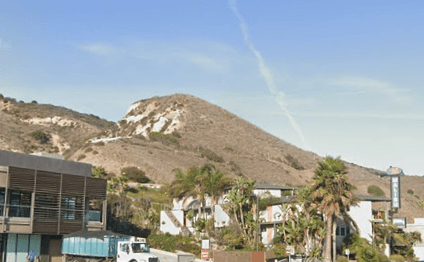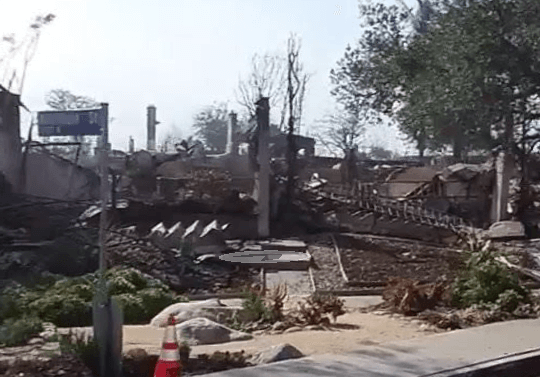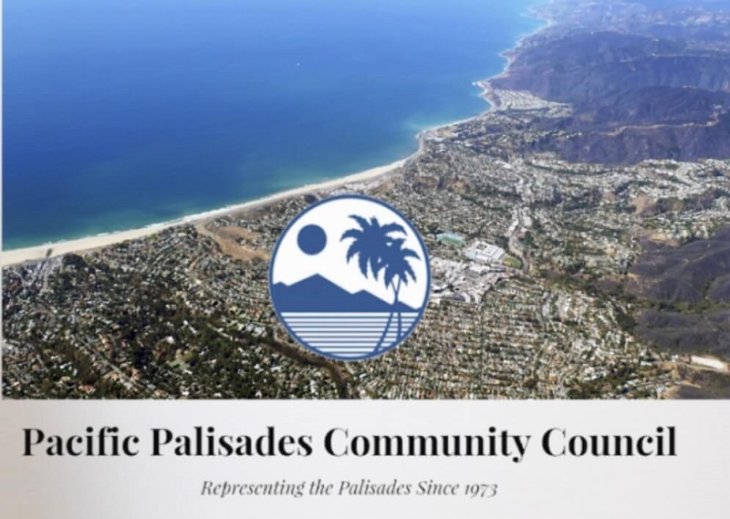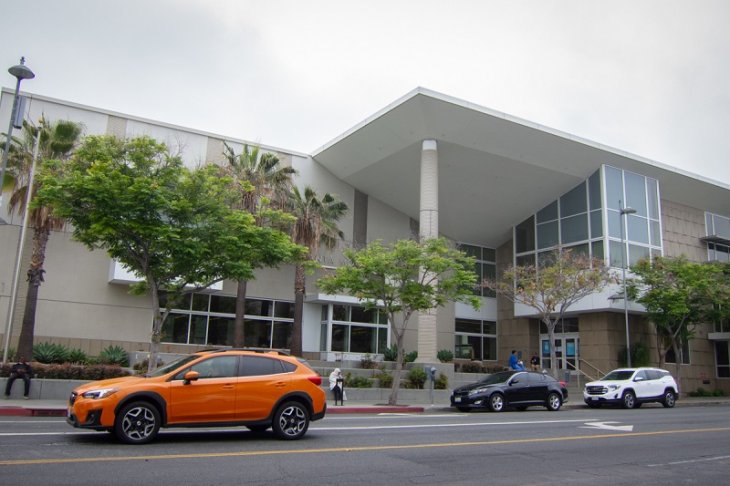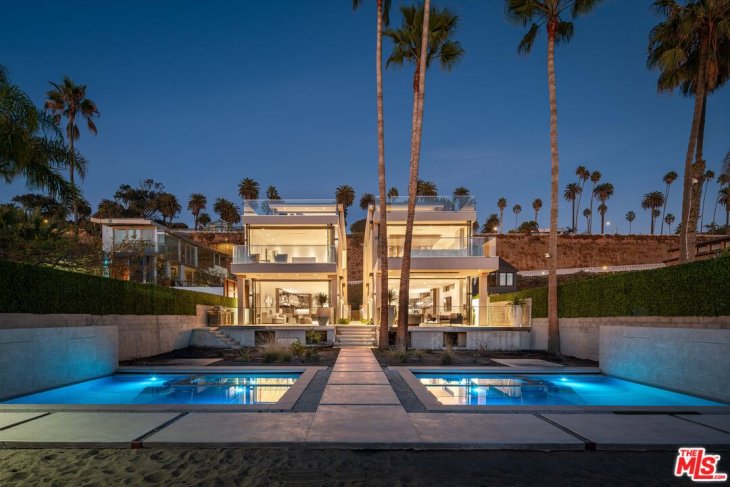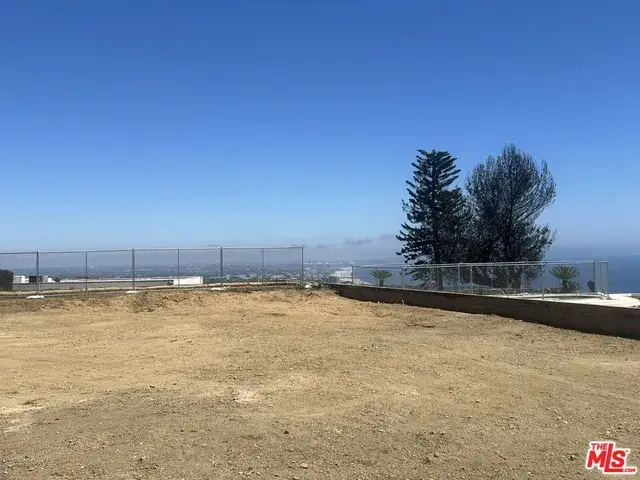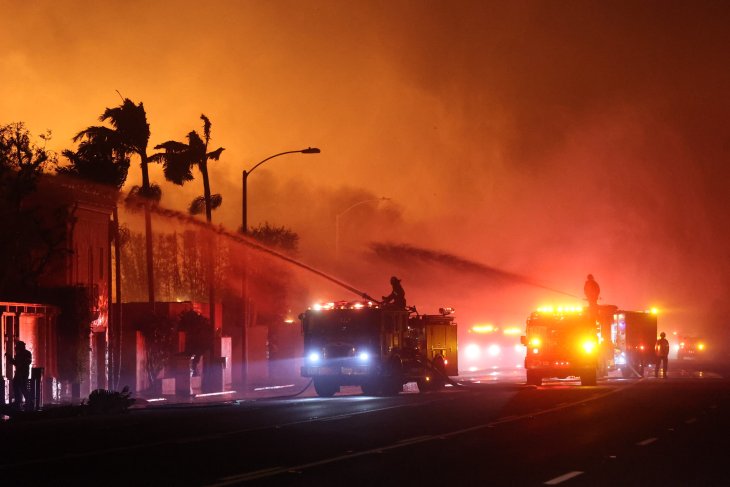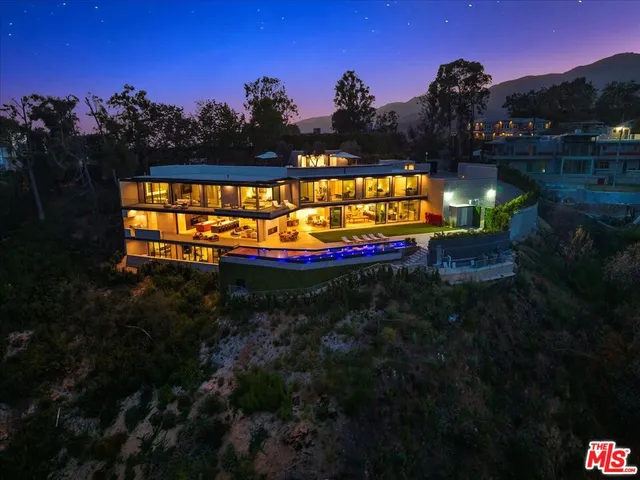Community center, garden and more also planned
By Sam Catanzaro
Culver City’s Wende Museum is proposing a major expansion that would include affordable housing for homeless artists, a community center, garden space and more.
The proposed redevelopment would take place in two phases, calling for the construction of a three-story community center, affordable housing units and reconfigured community garden, with related site improvements.
The first phase proposes the addition of a 7,000-square-foot community center, a garden, and space for events and performances. As part of this initial plan, one existing structure, a 2,200-square-foot building, would be razed, while a current A-frame would remain to be combined with the new development. As part of this phase, which is expected to take nine months, the existing garden would be expanded to connect with the community center.
The second phase, a Culver City-led endeavor, calls for the replacement of an existing community garden to build six units – around 325 square feet each – for low-income, homeless artist residents. This phase does not have a defined timeline but is expected to be completed within four years.
If all goes according to plan, which has not yet been finalized, the project would start in January 2022 with the first phase finishing in October 2022.
AUX Architecture is designing the community center and the housing components of the project.
The Wende Museum of the Cold War, located at 10808 Culver Blvd in Culver City, was founded in 2002 by Justinian Jampol, a native of Los Angeles and scholar of modern European history, to “address the wholesale neglect and rampant destruction of Cold War material culture in Eastern Europe and the Soviet Union that followed the fall of the Berlin Wall in 1989.” Wende is a German word meaning “turning point” or “change” that has come to describe the transformative period around the fall of the Berlin Wall.
“The Wende Museum holds an unparalleled collection of art and artifacts from the Cold War era, which serves as a foundation for programs that illuminate political and cultural changes of the past, offer opportunities to make sense of a changing present, and inspire active participation in personal and social change for a better future,” reads the museum’s website.
In 2017, the museum opened a new home in a Cold War artifact, the 1940s Culver City armory.

